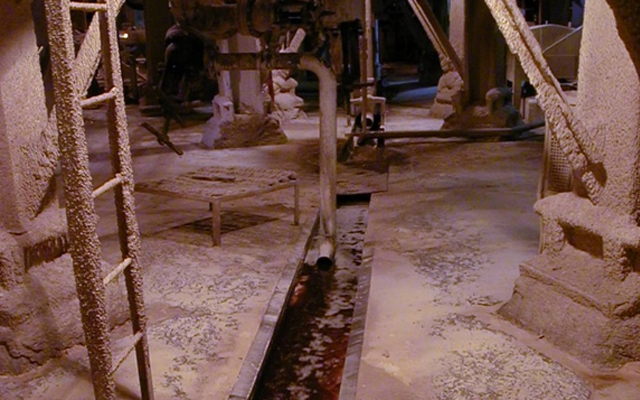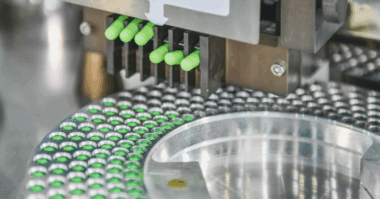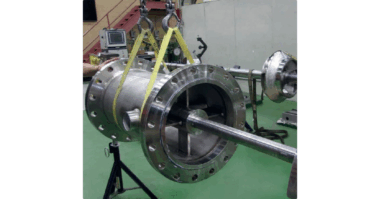Author: Henri Azibert
Industrial life has provided us with many benefits. Reliable machines and abundant energy have made our lives easier, comfortable and more productive. But in the process, some of the chemicals used to make all this work provide some dangers to life and the environment. So, how do we keep using them and stay safe by containing them effectively?
Pumping, mixing, and transporting liquids that are essential to our modern way of life can be a dangerous proposition. Solids are easy to contain, but liquids and gases can pervade or infiltrate the environment if they are not effectively contained. And while it is not possible to completely contain liquids and gases under pressure for infinite periods of time, there are many strategies that can prevent or reduce leakage to acceptable or negligible levels.
A first step is to assess the hazard posed by the process fluid. Is it toxic? In what quantities? Safety Data Sheets contain much information about the potential hazards – from skin irritation to lethal, from hazardous to aquatic environment, flammable or explosive. All the chemicals are categorized and classified into Groups according to the danger they represent. So-called “H statement codes” categorize chemicals into groups, from those that are intrinsically dangerous simply by their presence, to those that simply need to be captured in open drainage systems.
Various regulating agencies also give guidance on occupational exposure limits based on concentration and time of exposure. It is essential to make sure that these limits are not exceeded and erring on the side of safety is always a good policy. Before sealing solutions are considered, one more essential consideration is to assess unintended consequences. River water might be considered benign, but if a seal failure leads to flooding, much damage will be caused to the equipment and possibly to personnel operating within confined areas. It is not just what will happen, but also what could happen.
So how do we devise the best sealing strategy given exposure limits and hazard groups?
For static seals, it starts by using the proper systems, materials, and installation techniques. Installation problems can lead to early failures, while corrosion, chemical attack, and erosive wear are slow acting.
Often, different materials in a sealing system are used depending on whether they are in direct contact with the process. This can result in considerable savings by judiciously using the more expensive, highly corrosion-resistant material only where needed. But we must always consider that fumes that might leak past any containment seal, or even a vessel wall. Fumes might also be corrosive and attack bolting arrangements that are essential to maintain seal compression. Realize that fumes in a humid atmosphere can sometimes be more corrosive that the concentrated chemical itself.
Besides making sure the seals and construction materials will not be attacked by the process fluid, as a minimum, preventive maintenance must be practiced. While a product might be hazardous to human life, it might be totally harmless to standard equipment materials. So, while a simple elastomeric seal joining a pump to some cast iron pipe will effectively contain the product, at the end of life, it could expose workers to a carcinogen. In this case, operating to failure is not an option.
Dynamic seals are even more of a challenge, as in many cases of shaft sealing, some amount of leakage is required to lubricate the sealing surfaces in relative motion. This is where concentration, monitoring and exposure levels are most critical. Of course, material selection will be the beginning, but then operating characteristics come into play. Different solutions can be implemented for condensing and vaporizing leakage. They typically utilize two seals: a primary one to contain the pressurized process and another one to contain the leakage that makes it past the primary seal.
When the cavity between the two seals is not pressurized, it can be fully flooded or only containing vapors. The fluid between the two seals is referred to as the buffer fluid. Many strategies are available to capture condensing leakage which can then be channeled to a drain. Similarly, a number of strategies are used to direct a vaporizing fluid to a flare system. This might even include a purge (nitrogen is often used) to flush vapors away from the outer seal.
The safest method consists of using dual seals with the cavity between the two seals being pressurized over the process and containing a benign fluid that is compatible with the flow stream. It is called a barrier fluid as it creates a barrier between the process and the atmosphere. The barrier fluid can be a liquid or a gas. This way, the only leakage is that of the safe fluid into the process and into the environment.
The Mechanical Seal Standard, API 682, refers to these dual seal arrangements as arrangement two for non-pressurized buffer fluid, and arrangement three for pressurized barrier fluid. Annex A provides a seal selection procedure based on the process fluid properties, such as vapor pressure, flammability, hydrocarbon vs. non-hydrocarbon, temperature, pressure, solids content, and other properties. Annex A.4 details an alternative selection procedure based on the sealed fluid Safety Data Sheet information and the hazard code according to the United Nations Globally Harmonized System of Classification and Labeling of Chemicals (GHS). Following this selection method considers physical safety as well as keeping human and environment exposure at safe levels.
Proper seal selection should only be considered a beginning. As equipment wears and operating conditions vary, the performance of seals must be monitored on a regular basis. Many facilities use a Leak, Detect and Repair (LDAR) program to monitor all the equipment and potential sources of leaks. When one is identified, it is tagged for timely repair. Problems are identified quickly before major complications can develop. Besides promoting safety, these programs increase plant efficiency by effectively containing the process and are thus not only safe but also profitable.




